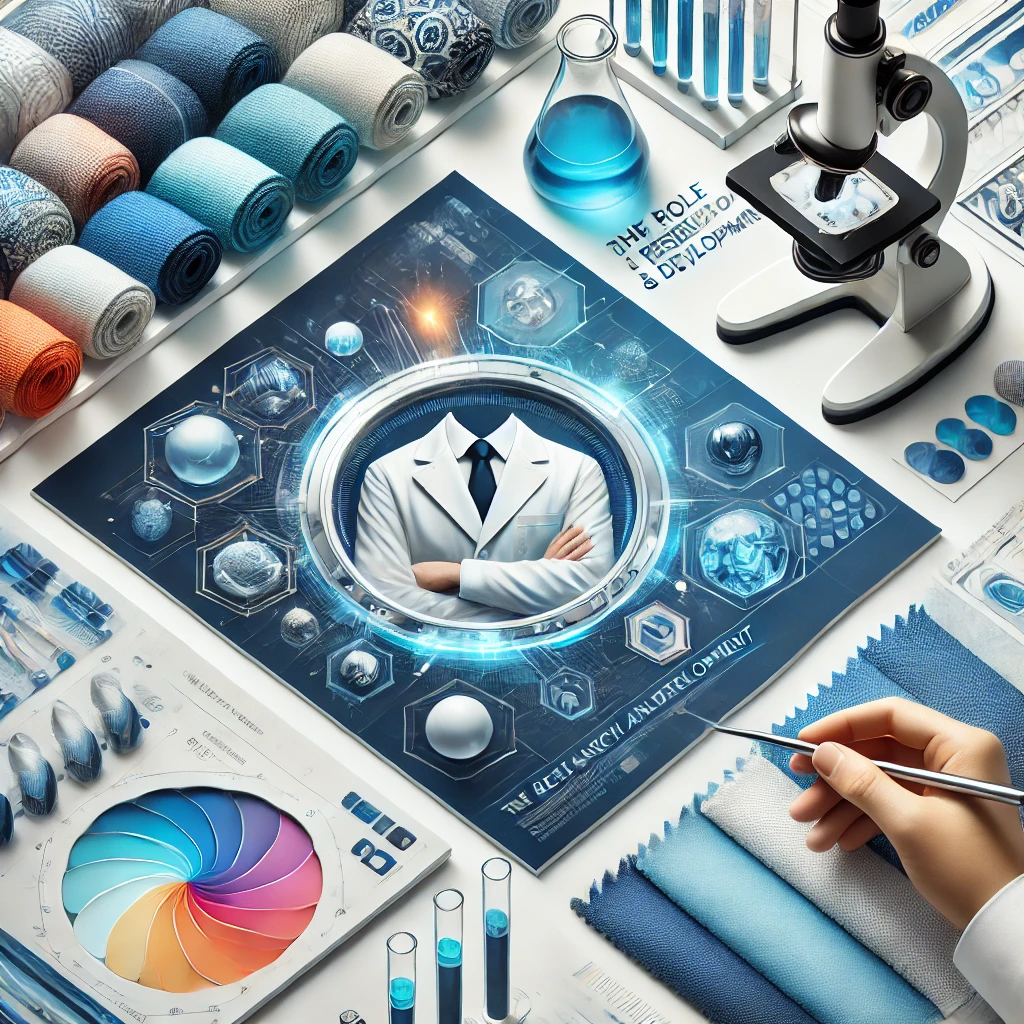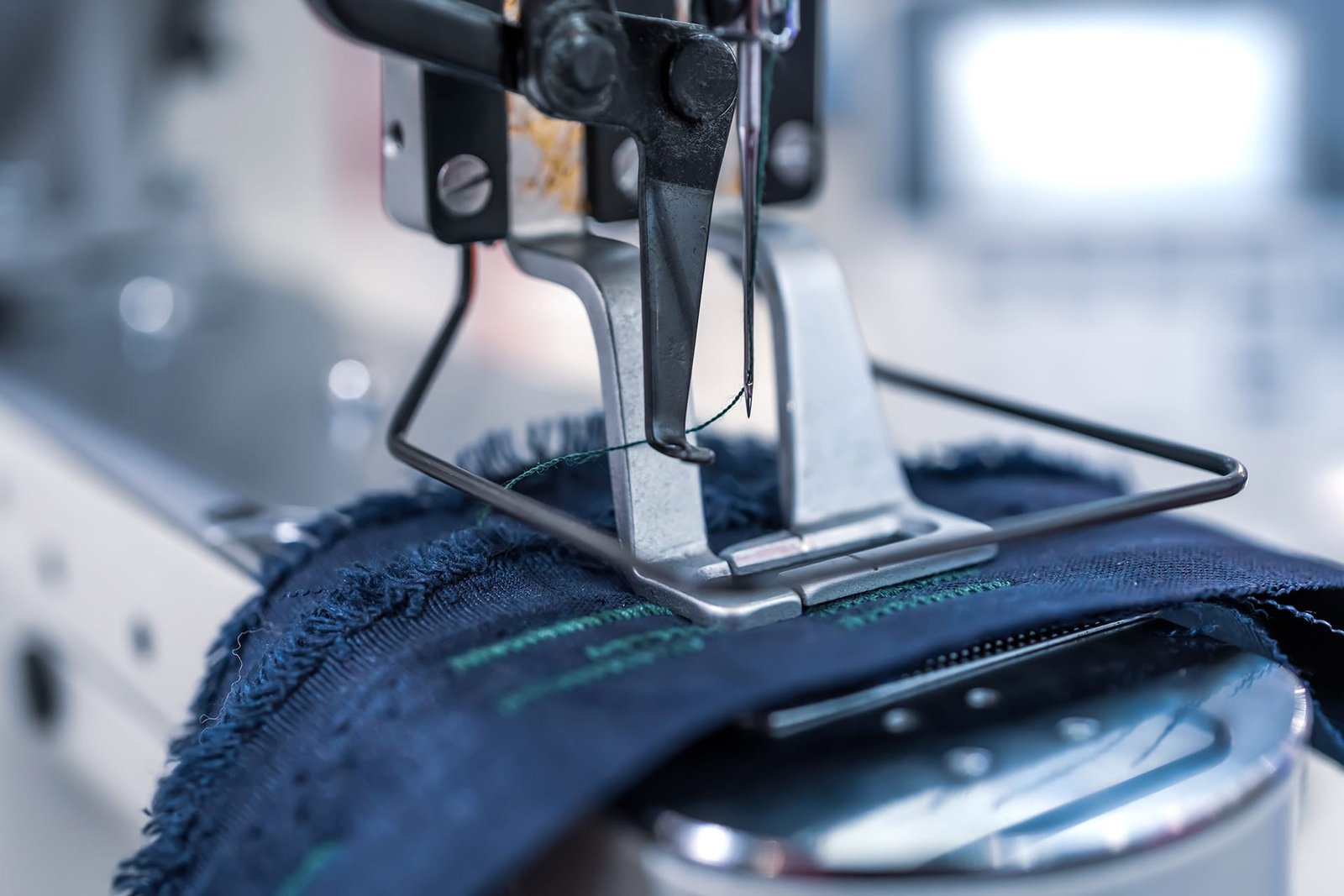In the world of textiles, where trends shift like the wind and demands evolve with time, research and development (R&D) stands as the cornerstone of innovation. From creating eco-friendly fabrics to crafting high-performance materials, R&D drives advancements that shape not only the fashion industry but also the way we interact with textiles daily. For fashion enthusiasts, textile industry professionals, and students, understanding the transformative role of R&D in textiles is crucial to staying ahead in this dynamic field.
This article explores the significance of R&D in textile innovation, highlighting advancements in sustainability, performance, and design. We’ll also delve into inspiring case studies, challenges faced, and future trends shaping the industry.
What is Research and Development in the Textile Industry?
At its core, research and development in textiles refers to the systematic process of discovering new materials, technologies, and techniques to address the ever-changing demands of the industry. R&D serves as the bridge between conceptual ideas and market-ready products, helping transform visions into tangible solutions.
Why R&D Matters in Textiles:
- Innovation Driver: It fosters the development of cutting-edge materials and technologies.
- Market Competitiveness: Companies with strong R&D capabilities can adapt quickly to trends and challenges.
- Sustainability Goals: R&D enables the creation of environmentally friendly practices and products.
- Customer-Centric Design: It ensures that textiles meet consumer needs for functionality, aesthetics, and comfort.
Key Areas of Innovation Driven by R&D
1. Sustainability
As consumers demand eco-friendly alternatives, R&D is crucial in minimizing the environmental footprint of textile production.
- Eco-Friendly Fabrics: Organic cotton, bamboo fibers, and recycled polyester are becoming staples in sustainable fashion.
- Waterless Dyeing: Technologies like air-dyeing and digital printing reduce water usage significantly.
- Biodegradable Textiles: Innovations in compostable fabrics help reduce waste in landfills.
2. Performance Enhancement
R&D pushes the boundaries of what textiles can do, making them smarter and more functional.
- Smart Textiles: Fabrics that monitor body temperature, track movement, or change color based on conditions.
- High-Performance Materials: Innovations like moisture-wicking fabrics, fire-resistant clothing, and UV-protective materials cater to diverse needs.
- Wearable Technology: Integration of sensors into textiles for health monitoring and fitness tracking.
3. Aesthetic Advancements
Design innovation remains at the heart of R&D, transforming how textiles look and feel.
- Customizable Textures and Patterns: 3D weaving and digital printing allow for endless design possibilities.
- New Dyeing Techniques: Eco-friendly methods like plant-based dyes offer vibrant, long-lasting colors.
- Luxury Redefined: The use of nanotechnology to enhance softness and durability in premium fabrics.
The Role of Collaboration in Textile R&D
Collaboration is key to driving innovation in the textile industry. No single entity can achieve breakthroughs in isolation.
1. Industry-Academia Partnerships
- Universities and research institutes contribute cutting-edge knowledge and fresh perspectives.
- Examples: MIT’s collaboration with Adidas to create performance-enhancing footwear textiles.
2. Cross-Disciplinary Collaboration
- Fields like nanotechnology, artificial intelligence (AI), and bioengineering are integral to modern textile R&D.
- Example: The integration of AI to predict fabric behavior and improve production efficiency.
3. Real-World Success Stories
- Patagonia: Leveraging R&D to develop sustainable outdoor wear.
- Nike: Revolutionizing sportswear through Flyknit technology, reducing material waste.
Challenges in Textile R&D
While R&D offers immense potential, it comes with its own set of challenges:
- High Costs: Experimentation and testing require significant financial investment.
- Scalability Issues: Transitioning from prototype to mass production can be complex.
- Ethical Concerns: Sourcing raw materials responsibly remains a significant hurdle.
- Rapid Technological Changes: Keeping up with advancements in materials and production methods demands agility.
Case Studies: R&D Success Stories in Textile Innovation
1. Sustainability Spotlight: Levi’s Water<Less® Initiative
- The Problem: Traditional denim manufacturing consumes large amounts of water.
- The Solution: Levi’s R&D team developed a process that uses up to 96% less water in the finishing stages.
- Impact: Over 4 billion liters of water saved to date.
2. Performance Mastery: Under Armour HeatGear®
- The Problem: Athletes needed clothing that could keep them cool in extreme heat.
- The Solution: R&D led to the creation of HeatGear®, a moisture-wicking fabric that enhances performance.
- Impact: A global standard for athletic wear.
3. Design Revolution: Epson’s Digital Textile Printing
- The Problem: Traditional printing methods were time-consuming and wasteful.
- The Solution: Epson’s R&D focused on precision printing technology.
- Impact: Faster production cycles, reduced waste, and limitless design possibilities.
Future Trends in Textile Innovation
R&D continues to pave the way for groundbreaking developments in textiles. Here are some trends to watch:
- AI-Driven Fabric Design:
- Predicting fabric behavior to optimize functionality and reduce waste.
- AI tools to create personalized clothing recommendations.
- Circular Economy Practices:
- Recycling old clothes into new products through chemical and mechanical processes.
- Brands like H&M investing in closed-loop systems.
- Biodegradable “Living” Fabrics:
- Integration of microorganisms into fabrics for self-repair or environmental adaptability.
- 3D Knitting and Additive Manufacturing:
- Creating seamless, custom-fit garments with minimal material waste.
How to Stay Ahead: Advice for Different Audiences
For Fashion Enthusiasts:
- Stay informed about emerging trends in textile innovation through blogs, podcasts, and social media.
- Support brands prioritizing sustainability and R&D.
For Industry Professionals:
- Invest in R&D teams or collaborate with research organizations.
- Attend industry conferences and trade shows to discover the latest technologies.
For Students:
- Pursue internships or research projects in textile innovation.
- Explore interdisciplinary studies that combine textiles with technology or sustainability.
Conclusion
Research and development is the linchpin of textile innovation, enabling advancements in sustainability, performance, and design. Whether you’re a fashion enthusiast, a textile professional, or a student, embracing the role of R&D can shape your understanding of the industry and your ability to contribute to its future.
As we look ahead, the potential for innovation is limitless. From biodegradable fabrics to AI-driven design, the future of textiles promises to be as dynamic and diverse as the people who wear them. Now is the time to engage with R&D and help weave a brighter, more sustainable future for the textile industry.




